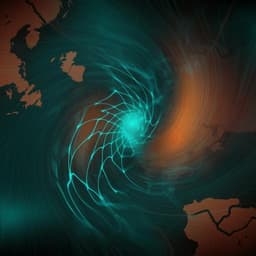
Environmental Studies and Forestry
Risks posed by invasive species to the provision of ecosystem services in Europe
B. Gallardo, S. Bacher, et al.
Invasive species threaten biodiversity and crucial ecosystem services across Europe. This research conducted by Belinda Gallardo and collaborators reveals significant impacts on outdoor recreation, habitat maintenance, and soil retention. Regions with high-value ecosystem services face disproportionate risks. Understanding these dynamics is vital for aligning management strategies with biodiversity targets.
Playback language: English
Related Publications
Explore these studies to deepen your understanding of the subject.







